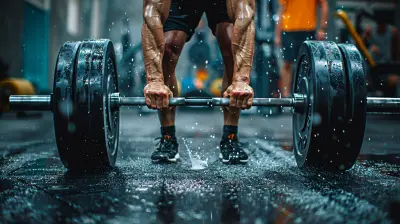How to Keep Your Arm Healthy Throughout a Long Baseball Season
25 October 2025
Baseball might be a game of inches, but for pitchers and position players alike, it’s also a game of endurance. If you're grinding through a baseball season — whether you're in high school, college, or playing in a summer league — your arm goes through a ton.
Ever feel that dull ache after a doubleheader? Or a little tug in your shoulder after a long weekend tournament? You're not alone, and you don't have to just “tough it out.” Keeping your arm healthy isn’t about luck — it’s about consistency, smart routines, and a little TLC for those golden arms.
Let’s break it all down, step by step, with real hacks (and not just textbook advice) to keep your arm fresh and firing all season long.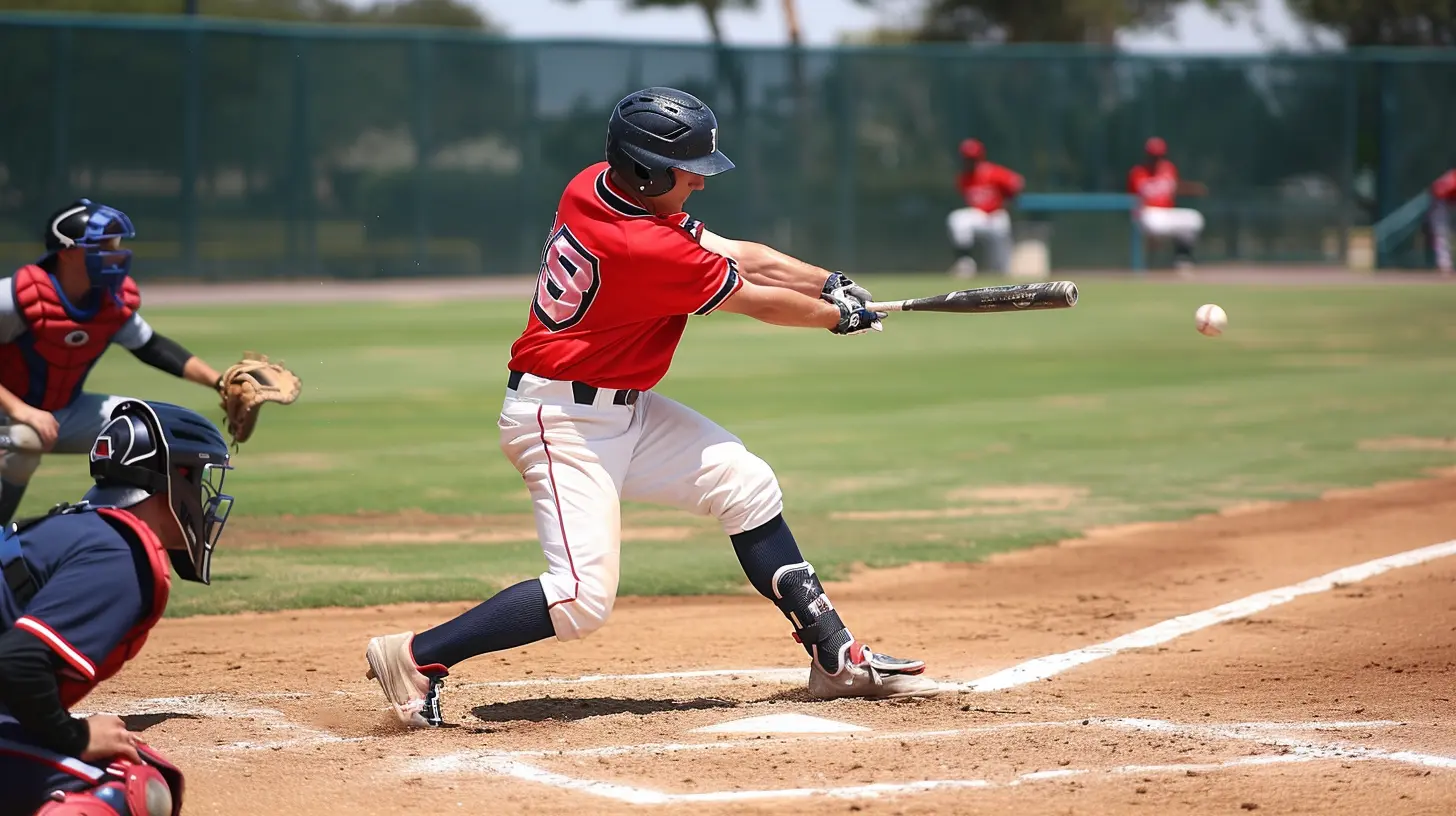
Why Arm Health Matters More Than You Think
Let’s be real — baseball isn't just about strength or speed. It's about being able to show up, day after day, without your arm barking at you.Your arm is your money-maker. Whether you're throwing fastballs, gunning down runners from the outfield, or turning double plays, every throw adds up. If you’re not taking care of that arm, it’s like putting premium fuel in a car but never checking the oil.
The result? Overuse injuries, soreness, or even worse — shut-downs in the middle of your season. No one wants that.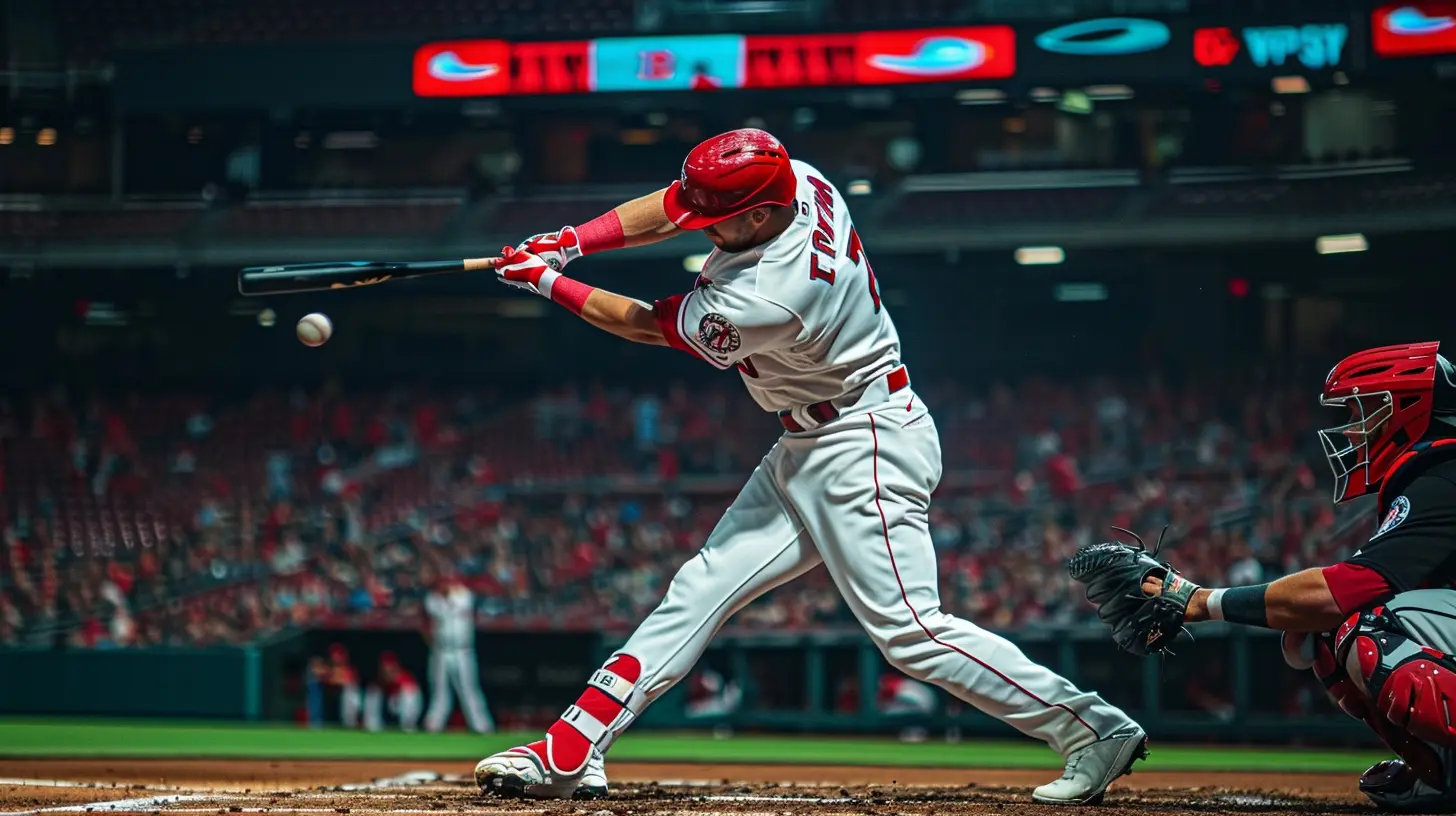
Warm Up Like A Pro (And No, Running a Lap Isn't Enough)
Before we even think about throwing, let’s talk about warming up. And no, we’re not talking about a quick jog and a stretch.Here’s What a Quality Warm-Up Looks Like:
- Dynamic stretching: Think arm circles, leg swings, bodyweight squats, and trunk twists. Get the blood flowing.- Arm-specific activation: Use resistance bands to warm up your rotator cuff. A few sets of external and internal rotations go a long way.
- Light throwing progression: Start at 30 feet, work your way back, and ease into full-effort throws. Don’t start launching missiles right out of the gate.
Your arm’s like an engine on a cold morning — warm it up slowly before you hit the highway.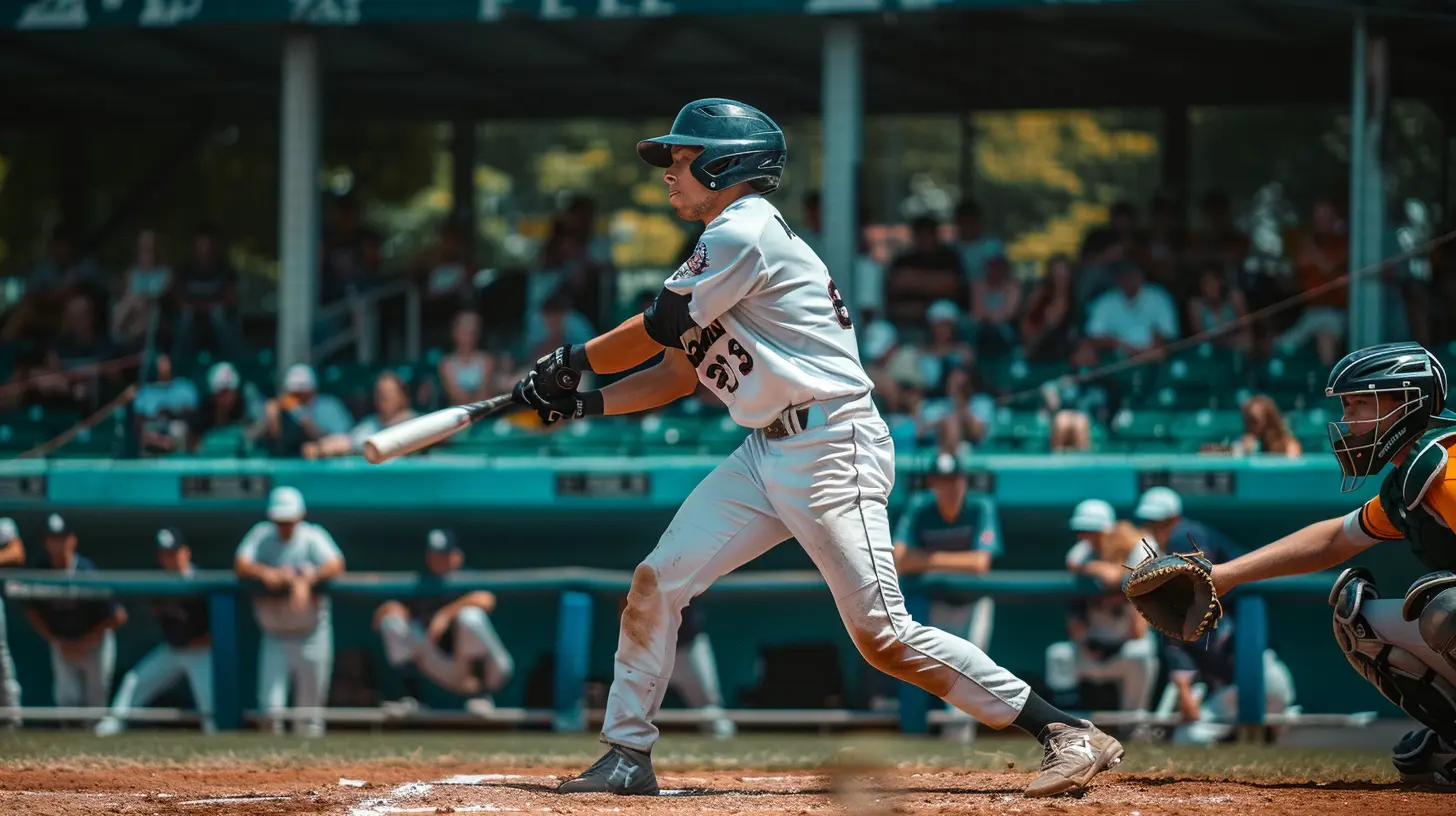
Don’t Sleep on Strength and Conditioning
Want to keep your velo up and your arm in one piece all season? Then strength training isn’t optional — it’s essential.Focus on These Areas:
- Shoulder stability: Use light dumbbells and resistance bands to target the muscles around your shoulder — small but mighty.- Scapular strength: The shoulder blade area is key for healthy arm mechanics. Face pulls, rows, and reverse flys are your friends.
- Core and legs: You throw with your whole body, not just your arm. Build strong legs and a stable core to take pressure off your arm.
Working smarter in the weight room = longer life on the field.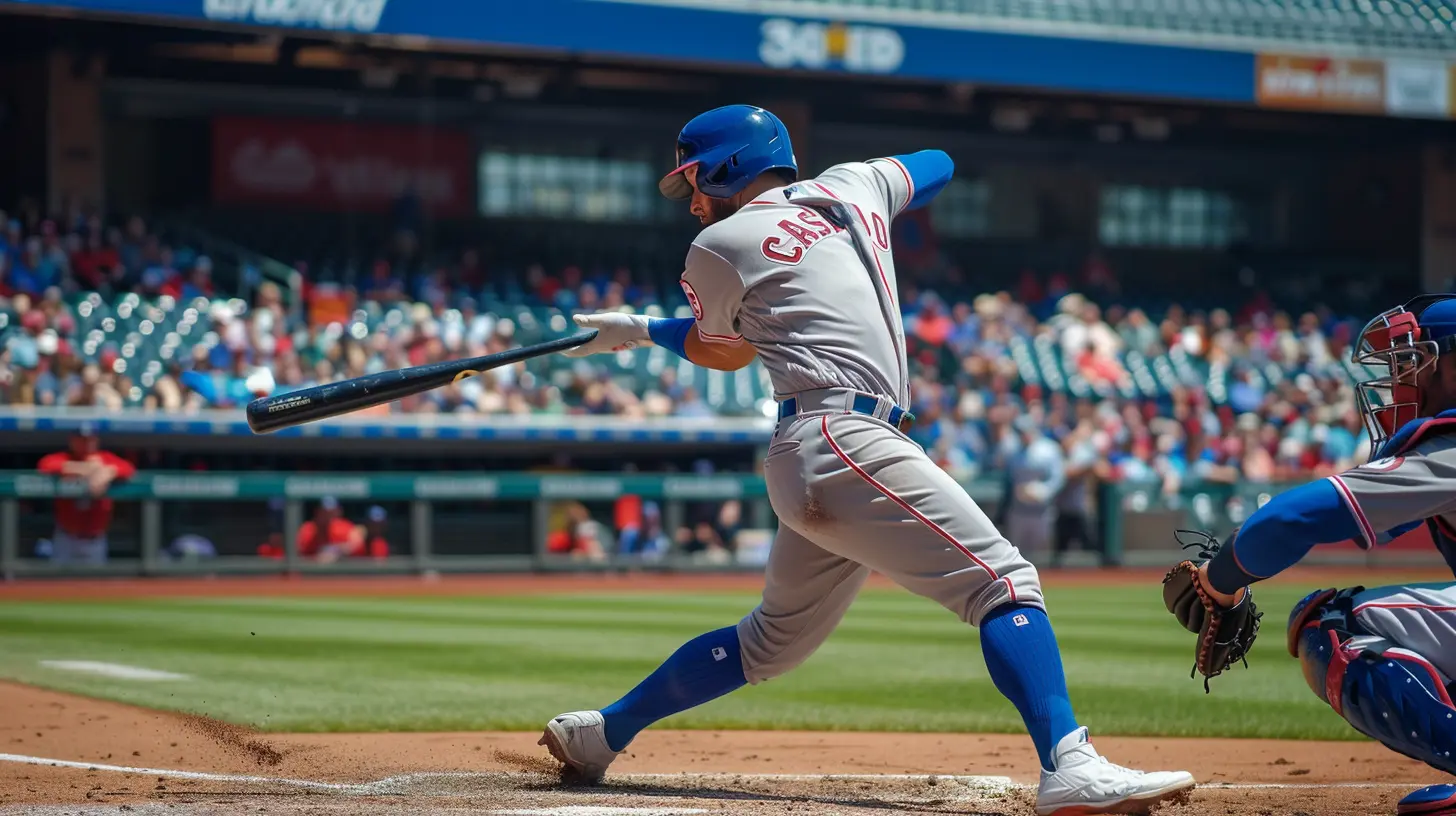
Manage Your Throwing Volume
Overuse is the #1 arm killer in baseball. You might feel fine today, but it’s the accumulation over time that leads to breakdown.Watch Your Throw Count — Not Just Pitch Count
Pitchers often monitor pitch counts, but fielders throw a lot too — between infield drills, long toss, and game action, those numbers add up.Here’s a good rule of thumb:
If your arm feels “off,” it probably is. Cut back before it gets worse.
Long Toss: Helpful or Harmful?
Ah, the long toss debate. Some swear by it, others fear it. Here’s the truth: long toss can be gold, if done right.The Right Way to Do Long Toss:
- Warm up first (seriously).- Stay within your range. If 300 feet turns into a javelin competition, you’re doing too much.
- Focus on form, not distance. Smooth and loose always beats max-effort hurling.
Used wisely, long toss builds arm strength and endurance. But doing it recklessly? That’s a fast track to a sore shoulder.
Rest and Recovery: Don’t Skip It
Want to throw gas in Game 3 of a weekend series? Then rest needs to be part of your throwing program — not an afterthought.Smart Recovery Includes:
- Ice or heat (based on how you feel): Post-game soreness? Ice it. Chronic stiffness? Heat it.- Arm care routines: Foam roll, stretch, and do post-throwing band work.
- Sleep: Seven hours isn’t enough. Shoot for 8-9. That’s when the real recovery happens.
- Nutrition: Protein-rich meals help rebuild muscle. Stay hydrated, too — dehydration = tighter muscles.
Taking one or two full days off from throwing each week can keep you in the game for months.
Listen to Your Body — Not Your Ego
Let’s face it — we’ve all ignored pain because we didn’t want to let the team down or lose our spot. But playing through pain doesn’t make you tough — it only puts your season (and possibly your future) at risk.Learn the Difference Between Soreness and Pain:
- Soreness = tight, achy muscles; goes away with rest and recovery.- Pain = sharp, stabbing, or lingering discomfort; gets worse with use.
When in doubt? Tell a coach or athletic trainer. It’s better to miss a practice than half a season.
Don’t Let Mechanics Slide
Bad throwing mechanics are like driving with your wheels out of alignment — you’re still moving, but you’re slowly destroying your ride.Tips to Keep Mechanics in Check:
- Film yourself. It’s easier to fix what you can actually see.- Work with a coach. A good pair of eyes can catch habits before they become injuries.
- Focus on repeatability. Smooth, efficient mechanics reduce stress and boost accuracy.
Mechanics aren’t just about performance — they’re your first line of defense against arm trouble.
Stay Consistent With Arm Care Routines
Ever notice how the pros stick to their routines like clockwork? That’s not a coincidence. From high school studs to MLB MVPs, consistent arm care is non-negotiable.Your Daily Arm Care Checklist Might Look Like:
- Pre-throwing bands or tubing- Light mobility work
- Post-throwing light weights (5-10 lbs)
- Massage gun or foam rolling for shoulder and forearm
It doesn’t need to take an hour. Even 15 minutes a day can make a massive difference over time.
Pay Attention to Non-Throwing Days Too
Even on off-days, your arm is recovering. That makes what you do on those days even more important.Make Off-Days Count:
- Active recovery (like swimming or biking)- Stretching and mobility work
- Hydration + extra protein
- Mental reset — stress affects your body, too
Think of it this way — your off days are like pit stops in a race. Use them to refuel and recharge.
Catchers and Position Players: This Means You Too
Pitchers always get all the arm care glory, but catchers and position players throw just as much — sometimes more.If you’re behind the plate, you're throwing darts all game, not to mention warmups between innings. Infielders and outfielders? You’re gunning throws across the diamond or to home plate.
Position Players Need Arm Care Too:
- Band work- Scapular exercises
- Regular throwing progressions
- Recovery focused on the arm and shoulder
Don’t wait until you're sore to start caring — start now, and stay ahead of it.
Hydration & Nutrition: Fuel the Machine
Your arm isn’t working in isolation — it’s part of a system. Poor hydration or skipping meals? That affects how your muscles recover.Keep It Simple:
- Drink water — all day, not just at the field.- Eat whole foods — chicken, eggs, fruits, veggies, rice, and potatoes.
- Add electrolytes on hot days — cramps and tight muscles = no bueno.
Treat your body like a Ferrari, not a junker. You don’t win long seasons with fast food and soda.
Final Thoughts: Make Arm Care a Lifestyle
Here’s the deal — protecting your arm isn’t a one-time fix. It’s a commitment. Every throw, every rep, every recovery session adds up like compound interest.Will it take a few extra minutes a day? Yep.
Is it worth it when you’re still throwing strong in August? 100%.
So whether you're chasing a college scholarship, trying to crack the varsity roster, or just playing for the love of the game, remember this: your best ability is availability. Keep that arm feeling good, and you're always in the game.
Now go grab your band, hit your warm-up, and keep that cannon ready to fire.
all images in this post were generated using AI tools
Category:
BaseballAuthor:

Frankie Bailey
Discussion
rate this article
1 comments
Silas McKellar
Great tips! Remember to prioritize rest, hydration, and proper warm-ups. Regular strength training and stretching can also significantly help maintain arm health during the season.
October 28, 2025 at 4:57 AM

Frankie Bailey
Thank you! Prioritizing rest, hydration, and warm-ups is essential for arm health. Your emphasis on strength training and stretching is spot on!

